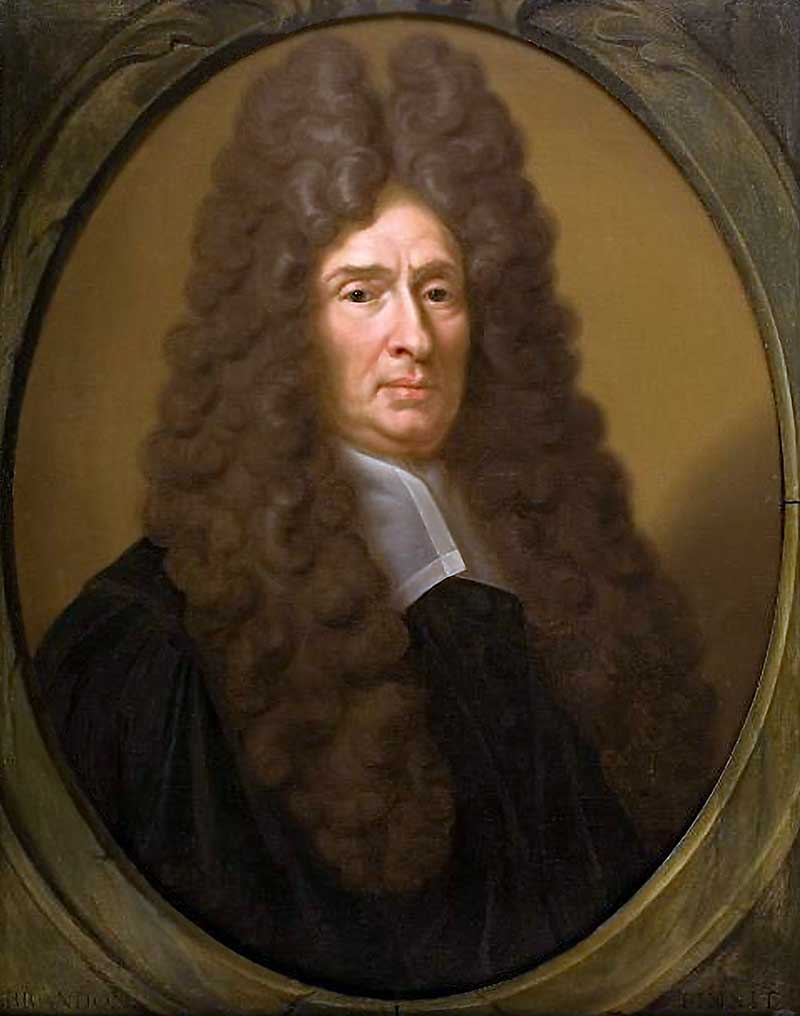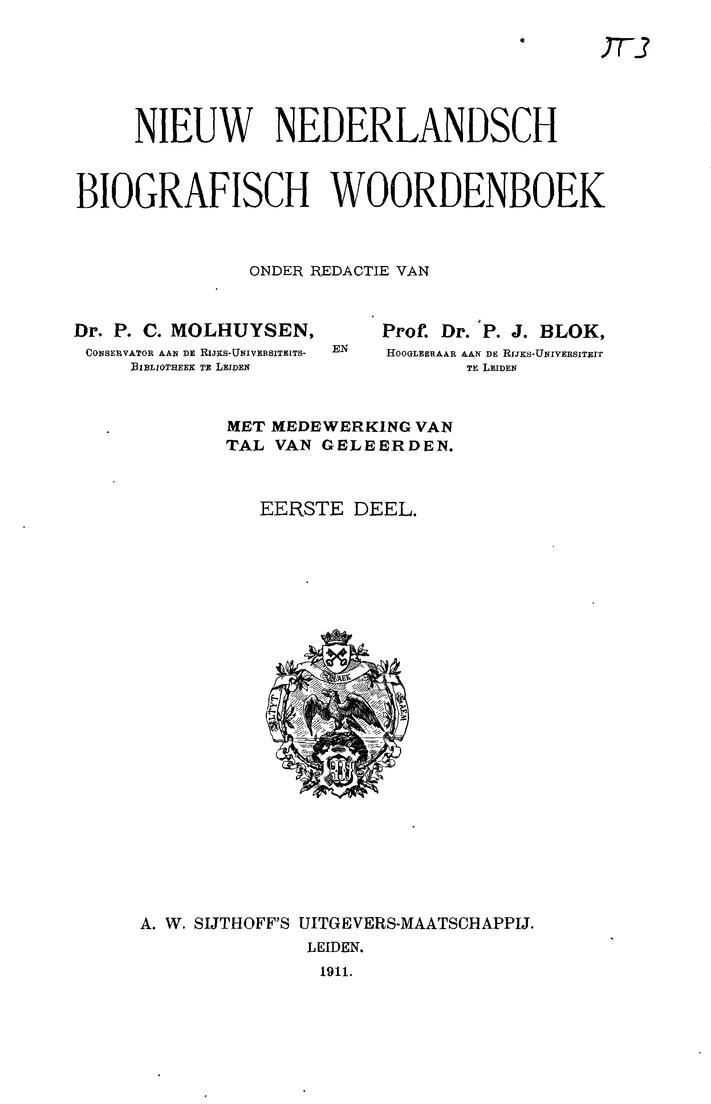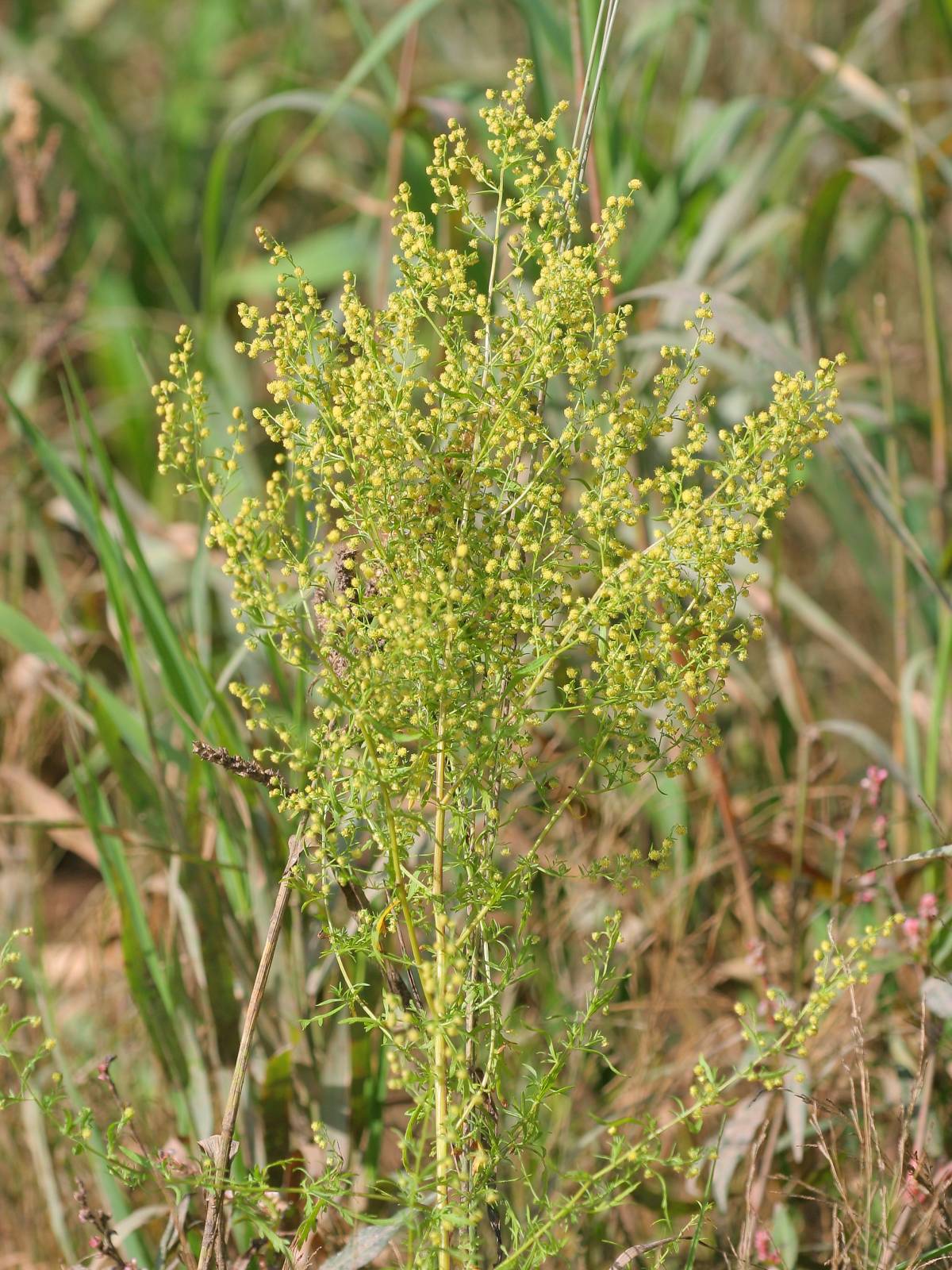|
Henrik Van Limborch
Hendrik van Limborch (9 March 1681 – 3 February 1759) was a painter and an engraver from the Dutch Republic. Limborch was born in The Hague. He was the son of a lawyer and became the pupil of Jan Hendrik Brandon, Robbert Duval, Jan de Baen and Adriaen van der Werff.Hendrik van Limborch in the NNBW Limborch was known for portraits and historical allegories and died in The Hague. Gallery File:Artemisia II Queen of Caris taking poison by Hendrick van Limborch.jpeg, Artemisia II Queen of Caria File:Portret van een onbekende vrouw, RP-P-1878-A-1239.jpg, Portrait of an unknown woman File:Vrouw met parfumvaasje, RP-P-OB-46.321.jpg, Woman with perfume vase References * Hendrik van Limborch in the RKD The Netherlands Institute for Art History or RKD (Dutch: ), previously Rijksbureau voor Kunsthistorische Documentatie (RKD), is located in The Hague and is home to the largest art history center in the world. The center specializes in document ... 1681 births 1759 d ... [...More Info...] [...Related Items...] OR: [Wikipedia] [Google] [Baidu] |
The Hague
The Hague ( ) is the capital city of the South Holland province of the Netherlands. With a population of over half a million, it is the third-largest city in the Netherlands. Situated on the west coast facing the North Sea, The Hague is the country's administrative centre and its seat of government, and has been described as the country's ''de facto'' capital since the time of the Dutch Republic, while Amsterdam is the official capital of the Netherlands. The Hague is the core municipality of the COROP, Greater The Hague urban area containing over 800,000 residents, and is also part of the Rotterdam–The Hague metropolitan area, which, with a population of approximately 2.6 million, is the largest metropolitan area of the Netherlands. The city is also part of the Randstad region, one of the largest conurbations in Europe. The Hague is the seat of the Cabinet of the Netherlands, Cabinet, the States General of the Netherlands, States General, the Supreme Court of the Neth ... [...More Info...] [...Related Items...] OR: [Wikipedia] [Google] [Baidu] |
Dutch Republic
The United Provinces of the Netherlands, commonly referred to in historiography as the Dutch Republic, was a confederation that existed from 1579 until the Batavian Revolution in 1795. It was a predecessor state of the present-day Netherlands and the first independent Dutch people, Dutch nation state. The republic was established after seven Dutch provinces in the Spanish Netherlands Dutch Revolt, revolted against Spanish Empire, Spanish rule, forming a mutual alliance against Spain in 1579 (the Union of Utrecht) and declaring their independence in 1581 (the Act of Abjuration). The seven provinces it comprised were Lordship of Groningen, Groningen (present-day Groningen (province), Groningen), Lordship of Frisia, Frisia (present-day Friesland), Lordship of Overijssel, Overijssel (present-day Overijssel), Duchy of Guelders, Guelders (present-day Gelderland), lordship of Utrecht, Utrecht (present-day Utrecht (province), Utrecht), county of Holland, Holland (present-day North Holla ... [...More Info...] [...Related Items...] OR: [Wikipedia] [Google] [Baidu] |
Jan Hendrik Brandon
Jan Hendrik Brandon or Jean Henri Brandon (1660–1714) was a Dutch painter from France. Brandon joined the Confrerie Pictura in 1696 and became known for portraits. He became director of the academy in The Hague in the period that Jan van Gool attended classes there in 1703. He moved to Utrecht in 1708, where he later died. in the RKD
The Netherlands Institute for Art History or RKD (Dutch: ), previously Rijksbureau voor Kunsthistorische Documentatie (RKD), is located in The Hague and is home to the largest art history center in the world. The center specializes in document ...
References [...More Info...] [...Related Items...] OR: [Wikipedia] [Google] [Baidu] |
Robbert Duval
Robbert Duval (21 September 1639 – 22 January 1732) was a Dutch Golden Age painter who lived well into the 18th century. He was born and died in The Hague. Biography According to the RKD he learned to paint from Nicolaes Willingh and became his assistant in Berlin in 1667.Robbert Duval in the He left Berlin to make a trip to Rome in 1668, where he joined the with the nickname ''Fortuyn''. He is known for painting portrait and historical allegories, of which none survive today. According to Houbraken he left Rome for Padua in 1677 with [...More Info...] [...Related Items...] OR: [Wikipedia] [Google] [Baidu] |
Jan De Baen
Jan de Baen (20 February 1633 – 1702) was a Dutch portrait painter who lived during the Dutch Golden Age. He was a pupil of the painter Jacob Adriaensz Backer in Amsterdam from 1645 to 1648. He worked for Charles II of England in his Dutch exile, and from 1660 until his death he lived and worked in The Hague. His portraits were popular in his day, and he painted the most distinguished people of his time. Biography Jan de Baen was born on 20 February 1633 in Haarlem, Holland, Dutch Republic. After his parents died, when he was a child, he lived with his uncle Hinderk Pyman (or Piemans) in Emden. Jan de Baen received his first painting lessons from his uncle, who was a painter himself. From 1645 to 1648 he lived in Amsterdam, where he was the pupil of painter Jacob Adriaensz Backer. After completing his training, he worked for the exiled court of Charles II of England, but upon the English Restoration of 1660 did not follow his patron, but moved to The Hague, where he worked ... [...More Info...] [...Related Items...] OR: [Wikipedia] [Google] [Baidu] |
Adriaen Van Der Werff
Adriaen is a Dutch form of Adrian. Notable people with the name include: * Adriaen Banckert (1615–1684), Dutch admiral *Adriaen Block (1567–1627), Dutch private trader and navigator * Adriaen Brouwer (1605–1638), Flemish genre painter * Adriaen de Vries (1556–1626), Northern Mannerist sculptor born in the Netherlands *Adriaen Hanneman (1603–1671), seventeenth-century Dutch painter *Adriaen Isenbrandt (1480–1551), Flemish Northern Renaissance painter * Adriaen Maertensz Block (1582–1661), successively captain, commander, and governor of the Ambon Island *Adriaen van Bergen A Dutch skipper from Leur, Adriaen van Bergen devised the plot to recapture the city of Breda from the Spanish during the Eighty Years' War. In February 1590, he approached Prince Maurice with a Trojan Horse In Greek mythology, the Troja ... devised the plot to recapture the city of Breda from the Spanish during the Eighty Years' War * Adriaen van de Velde (1636–1672), Dutch animal and la ... [...More Info...] [...Related Items...] OR: [Wikipedia] [Google] [Baidu] |
NNBW
The ''Nieuw Nederlandsch Biografisch Woordenboek'' (''NNBW'') is a biographical reference work in the Dutch language. It was published in ten parts between 1911 and 1937 by Sijthoff, Leiden, and the editors were P. C. Molhuysen and P. J. Blok. The lexicon contains more than 22,000 short biographies on important or at least notable Dutch people The Dutch, or Netherlanders (Dutch language, Dutch: ) are an ethnic group native to the Netherlands. They share a common ancestry and culture and speak the Dutch language. Dutch people and their descendants are found in migrant communities wor ... born before 1910. The ''NNBW'' was compiled by several hundred historians and other experts. It is considered one of the most important reference works for Dutch history. It has been digitalised through a collaboration between the Digital Library for Dutch Literature (dbnl) and the Institution for Dutch History (ING), and both organisations have made the ''NNBW'' fully available to everyo ... [...More Info...] [...Related Items...] OR: [Wikipedia] [Google] [Baidu] |
Artemisia II Of Caria
Artemisia II of Caria ( Greek: Ἀρτεμισία; died 351 BC) was a naval strategist, commander and the sister (and later spouse) and the successor of Mausolus, ruler of Caria. Mausolus was a satrap of the Achaemenid Empire, yet enjoyed the status of king or dynast of the Hecatomnid dynasty. After the death of her brother/husband, Artemisia reigned for two years, from 353 to 351 BCE. Her ascension to the throne prompted a revolt in some of the island and coastal cities under her command due to their objection to a female ruler. Her administration was conducted on the same principles as that of her husband; in particular, she supported the oligarchical party on the island of Rhodes. Because of Artemisia's grief for her brother-husband, and the extravagant and bizarre forms it took, she became to later ages "a lasting example of chaste widowhood and of the purest and rarest kind of love", in the words of Giovanni Boccaccio. In art, she was usually shown in the process ... [...More Info...] [...Related Items...] OR: [Wikipedia] [Google] [Baidu] |
1681 Births
Events January–March * January 1 – Prince Muhammad Akbar, son of the Mughal Emperor Aurangzeb, initiates a civil war in India. With the support of troops from the Rajput states, Akbar declares himself the new Mughal Emperor and prepares to fight his father, but is ultimately defeated. * January 3 – The Treaty of Bakhchisarai is signed, between the Ottoman vassal Crimean Khanate and the Russian Empire. * January 18 – The "Exclusion Bill Parliament", summoned by King Charles II of England in October, is dissolved after three months, with directions that new elections be held, and that a new parliament be convened in March in Oxford. * February 2 – In India, the Mughal Empire city of Burhanpur (now in the Indian state of Madhya Pradesh) is sacked and looted by troops of the Maratha Empire on orders of the Maratha emperor, the Chhatrapati Sambhaji. General Hambirrao Mohite began the pillaging three days earlier. * March 4 – In order ... [...More Info...] [...Related Items...] OR: [Wikipedia] [Google] [Baidu] |
1759 Deaths
In Great Britain, this year was known as the ''Annus Mirabilis'', because of British victories in the Seven Years' War. Events January–March * January 6 – George Washington marries Martha Dandridge Custis. * January 11 – In Philadelphia, the first American life insurance company is incorporated. * January 13 – Távora affair: The Távora family is executed, following accusations of the attempted regicide of Joseph I of Portugal. * January 15 ** The British Museum opens at Montagu House in London after six years of development. **Voltaire's satire ''Candide'' is published simultaneously in five countries. * January 27 – Battle of Río Bueno: Spanish forces, led by Juan Antonio Garretón, defeat indigenous Huilliches of southern Chile. * February 12 – Ali II ibn Hussein becomes the new Ruler of Tunisia upon the death of his brother, Muhammad I ar-Rashid. Ali reigns for 23 years until his death in 1782. * February 16 – The ... [...More Info...] [...Related Items...] OR: [Wikipedia] [Google] [Baidu] |
Painters From The Hague
Painting is a Visual arts, visual art, which is characterized by the practice of applying paint, pigment, color or other medium to a solid surface (called "matrix" or "Support (art), support"). The medium is commonly applied to the base with a brush. Other implements, such as palette knives, sponges, airbrushes, the artist's fingers, or even a dripping technique that uses gravity may be used. One who produces paintings is called a painter. In art, the term "painting" describes both the act and the result of the action (the final work is called "a painting"). The support for paintings includes such surfaces as walls, paper, canvas, wood, glass, lacquer, pottery, leaf, copper and concrete, and the painting may incorporate other materials, in single or multiple form, including sand, clay, paper, cardboard, newspaper, plaster, gold leaf, and even entire objects. Painting is an important form of visual arts, visual art, bringing in elements such as drawing, Composition (visual art ... [...More Info...] [...Related Items...] OR: [Wikipedia] [Google] [Baidu] |
18th-century Dutch Painters
The 18th century lasted from 1 January 1701 (represented by the Roman numerals MDCCI) to 31 December 1800 (MDCCC). During the 18th century, elements of Enlightenment thinking culminated in the Atlantic Revolutions. Revolutions began to challenge the legitimacy of monarchical and aristocratic power structures. The Industrial Revolution began mid-century, leading to radical changes in human society and the environment. The European colonization of the Americas and other parts of the world intensified and associated mass migrations of people grew in size as part of the Age of Sail. During the century, slave trading expanded across the shores of the Atlantic Ocean, while declining in Russia and China. Western historians have occasionally defined the 18th century otherwise for the purposes of their work. For example, the "short" 18th century may be defined as 1715–1789, denoting the period of time between the death of Louis XIV of France and the start of the French Revoluti ... [...More Info...] [...Related Items...] OR: [Wikipedia] [Google] [Baidu] |







